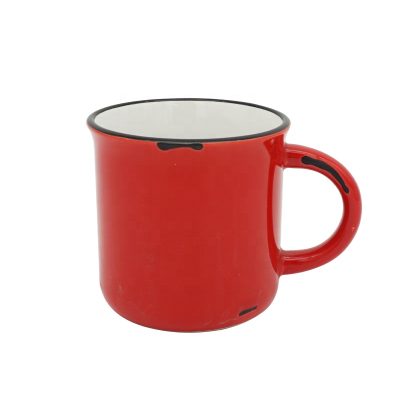1. Mechanical properties
Ceramic materials are the materials with the best stiffness and the highest hardness in engineering materials, and their hardness is mostly above 1500HV. Ceramics have high compressive strength, but low tensile strength and poor plasticity and toughness.
2. Thermal characteristics
Ceramic materials generally have a high melting point (mostly above 2000 ° C), and have excellent chemical stability at high temperatures; the thermal conductivity of ceramics is lower than that of metal materials, and ceramics are also good thermal insulation materials. At the same time, the linear expansion coefficient of ceramics is lower than that of metals, and when the temperature changes, ceramics have good dimensional stability.
3. Electrical characteristics
Most ceramics have good electrical insulation, so they are widely used to make insulating devices of various voltages (1kV~110kV). Ferroelectric ceramics (BaTiO3) have a high dielectric constant and can be used to make capacitors. Under the action of an external electric field, ferroelectric ceramics can also change their shape and convert electrical energy into mechanical energy (with the characteristics of piezoelectric materials), It can be used as amplifier, record player, ultrasonic instrument, sonar, medical sound spectrometer, etc. A few ceramics also have the properties of semiconductors and can be used as rectifiers.
4. Chemical properties
Ceramic materials are not easily oxidized at high temperatures, and have good corrosion resistance to acids, alkalis and salts.
5. Optical properties
Ceramic materials also have unique optical properties, which can be used as solid-state laser materials, optical fiber materials, optical storage, etc., and transparent ceramics can be used in high-pressure sodium lamps. Magnetic ceramics (ferrites such as: MgFe2O4, CuFe2O4, Fe3O4) have broad prospects in the application of tapes, records, transformer cores, and large-scale computer memory components.







